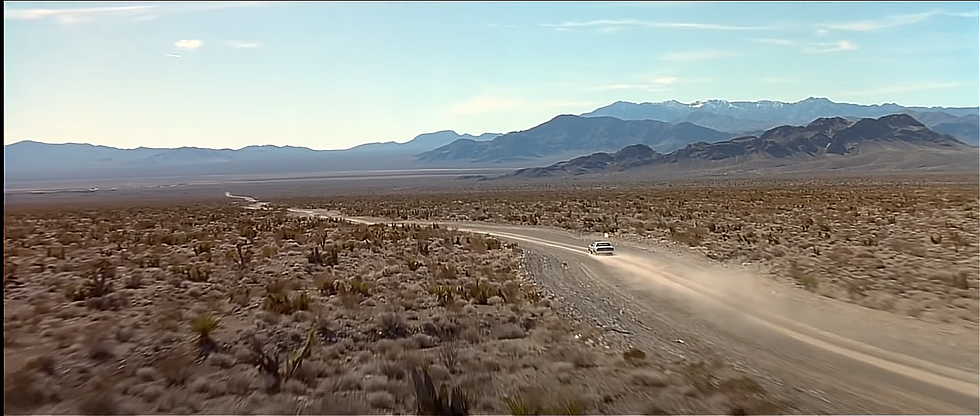How Scorsese Creates A Western With A 3 Min Scene
- aadeshtheking06
- Jun 17, 2023
- 3 min read
The scene being discussed is available here: https://youtu.be/2fWRgzEofzA

The Cinematic language is one where the unsaid and the said both come together to convey a range of information to us and in the process of doing so somehow is able to create a spectrum of feeling is us. Many of Scorsese’s films have often been called Cold or Emotionally Distant but that stems primarily because he instead of over the top direct emotional acting by actors, makes them reduce it and instead tries his best to convey the emotions through form. This is very much apparent in the Cowboy Scene in Casino where a quick dolly to Sam’s face, right after he kicks out Nicky’s Guy, evocates a feeling in us, which we might ourselves not know, while continually keeping the flow of the film in his control. Or the scene where the shot reverse shot between Sam and Ginger ends with a handheld showing Ginger as she swears at him and goes away, and in the subsequent shot, a craned dolly brings us to Ginger showing her own anger. While I do think Scorsese relies overly on music certain times for the mood to be conveyed, by minimalizing the emotion from the acting, Scorsese at least is able to make baby steps in Godard’s own attempts to convey the emotional feeling through form and style (Refer To Richard Brody’s Article On Pierrot le Fou). But while Godard, ever the rebellious, tried to radically push forward his ideas, Scorsese acknowledges Godard’s attempts and instead uses the subdued (when compared to mainstream levels) acting to build upon the various emotions he’s trying to evoke. Scorsese’s approach might stem not necessarily due to respect for Godard but primarily from his own devotion to the medium. The medium of which he is in utmost control of especially in Casino’s brilliantly sad and moving desert sequence styled emotionally like a marital breakdown scene and aesthetically like a Spaghetti Western. Scorsese has always expressed his love for Westerns specifically the ones by John Ford and in here he gives his own poignant tribute to a genre which primarily is composed of Macho men and their morality issues.
At heart though, besides all the glamour of the handheld camera, fast cuts and voiceover narration inspired by the French New Wave, Scorsese is a classical filmmaker. No further proof is needed than the conversation that takes place when Nicky and Sam meet.

The brilliant use of shot reverse shot conveying the respective viewpoints of the characters in terms of how they see each other: the OTS of Nicky has both Nicky and Sam in equal height whereas Sam’s OTS has Nicky being smaller than Ace, informs to us in advance of how the conversation is going to go.
The arrogance of Nicky is informed to us by how he sees himself to Sam and Sam’s disgust of Nicky is shown to us by how he sees Nicky.
Where there used to be a Gun fight between the men in Westerns, here Scorsese treats the Scene as a Mexican Standoff between Nicky and Sam where the words they say are used as bullets.
Scorsese establishes using Theme De Camille as a leitmotif previously after Ginger comes back home, signifying the beginning of the end of their relationship. Similarly, by using Theme De Camille over Sam’s voiceover as Nicky’s car arrives, we see the fracturing of a relationship built for over 35 years.
A relationship established not by long scenes of togetherness but by a simple nod or a simple incident. Together with the end of Nicky’s and Sam’s friendship, Scorsese also pays tribute to the Western genre, a genre that came close to its end with Clint Eastwood’s Unforgiven in 1992.
Similar to that, Casino, for that time period, was Scorsese’s own final spin in the gangster genre with which he arguably peaked.




Comments